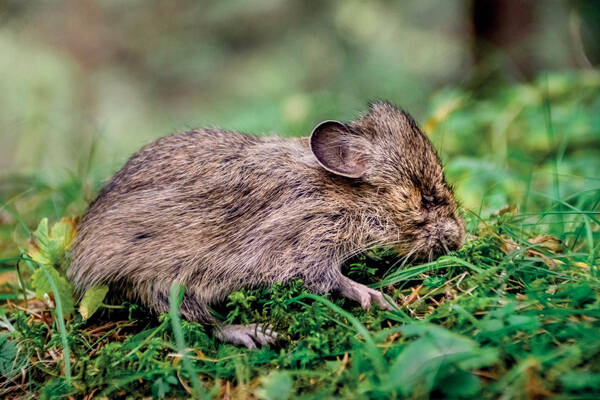
Ochotona huangensis xunhuaensis
Ochotona huangensis xunhuaensis
Xunhua pika, also known as Qinling pika, belongs to the subgenus Alienauroa.···
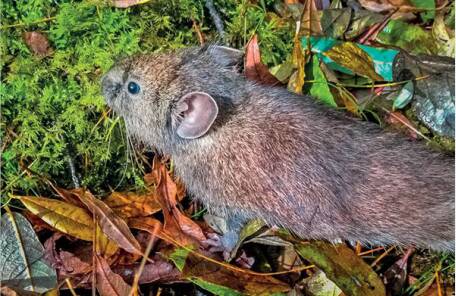
Ochotona huanglongensis
Ochotona huanglongensis
Huanglong Pika belongs to the subgenus Alienauroa. It is mainly distributed ···

Dabashan pika
The Dabashan pika belongs to the subgenus Alienauroa. The subgenus Alienauro···

Ochotona yarlungensis
Ochotona yarlungensis
The Yarlung Zangbo pika belongs to the subgenus Ochotona and is a new specie···

Ochotona thomasi
Ochotona thomasi,Singing Mouse
The scientific name of the narrow-headed pika is Ochotona thomasi, belonging···
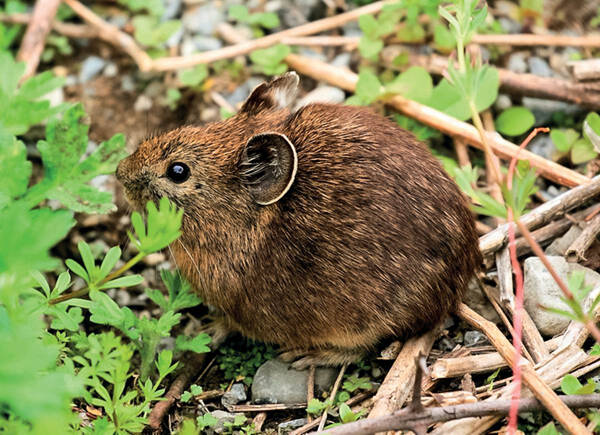
Ochotona thibetana
Ochotona thibetana
Tibetan pikas are active day and night, and are agile. They often chase each···
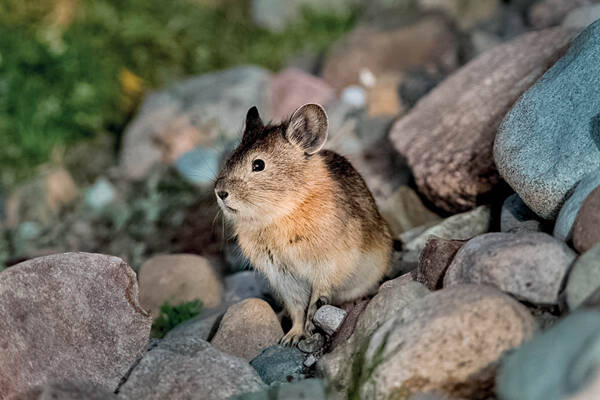
Nubulake Pika
Nubulak pika belongs to the nominate subgenus (<Ochotona>). It was pre···
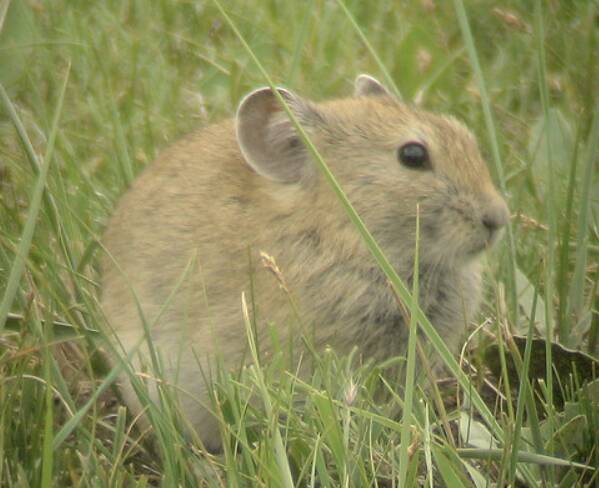
Ochotona dauurica
Ochotona dauurica,Rabbit, rabbit, crying rabbit, Mongolian pika, Dahur pika
The Daurian pika belongs to the subgenus Ochotona, which was once included i···

Ochotona curzoniae
Ochotona curzoniae,Plateau pika, singing mouse, stone rabbit, Anona
The black-lipped pika is also known as the plateau pika, the singing pika, t···
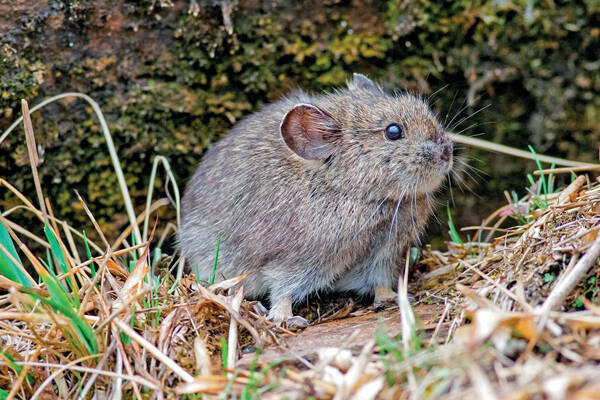
Ochotona cansus
Ochotona cansus, Singing Mouse
The Intercranial Pika, also known as the Singing Pika, belongs to the subgen···

Angora
Angora,Grass Rabbit
Angora rabbit is a world-famous wool-producing rabbit breed, a type of long-···

Lepus yarkandensis
Lepus yarkandensis,Southern Xinjiang rabbit, Shache rabbit, hare
The Tarim rabbit is called Yarkandhare in English and is a typical desert sp···

Lepus timidus
Lepus timidus,Mountain hare,White rabbit, color-changing rabbit, blue rabbit
The snow hare is called Mountain hare in English, and there are 25 subspecie···

Ochotona argentata
Ochotona argentata,Ningxia pika
Helan Mountain Pika, also known as Ningxia Pika, English name Silver Pika, i···
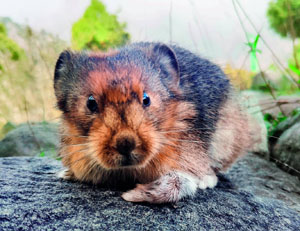
Ochotona argentata
Helan Mountain pika, Ningxia pika
Ningxia pika, also known as Helan Mountain pika, belongs to the Leporidae, L···

Caprolagus hispidus
Rough-haired rabbit, Wire-haired rabbit, Assami rabbit
Compared with other rabbits, the shag rabbit has shorter ears and brown-blac···

Lepus hainanus
Hainan rabbit, hare, grass rabbit
The Hainan rabbit is a solitary animal that is active mainly at night, and i···
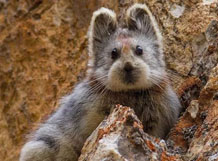
Ochotona iliensis
Ili pika, Teddy pika
The Ili pika is a very endangered and rare species. It was discovered very l···
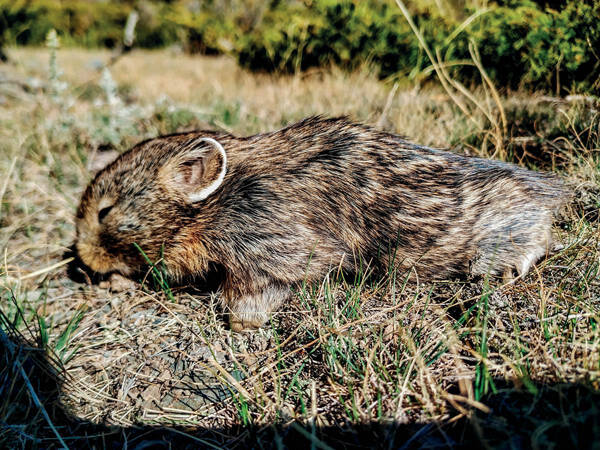
Ochotona pusilla
Ochotona pusilla
The steppe pika belongs to the subgenus <Pika>. This species has alway···
